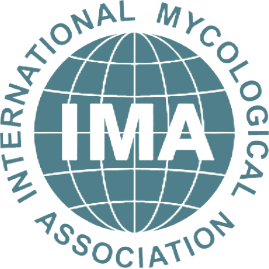
Three new Pseudogymnoascus species (Pseudeurotiaceae, Thelebolales) described from Antarctic soils
The genus Pseudogymnoascus includes several species frequently isolated from extreme environments worldwide, including cold environments such as Antarctica. This study describes three new species of Pseudogymnoascus—P. russussp. nov., P. irelandiaesp. nov., and P. ramosussp. nov.—isolated from Antarctic soils. These species represent the first Pseudogymnoascus taxa to be formally described from Antarctic soil samples, expanding our understanding of fungal biodiversity in this extreme environment. Microscopic descriptions of asexual structures from living cultures, along with measurements of cultural characteristics and growth on various media types at different temperatures, identify three distinct new species. In addition, phylogenetic analyses based on five gene regions (ITS, LSU, MCM7, RPB2, TEF1) and whole-genome proteomes place these new species within three distinct previously described clades: P. irelandiae in clade K, P. ramosus in clade Q, and P. russus in clade B. These results provide further evidence of the extensive undescribed diversity of Pseudogymnoascus in high-latitude soils. This study contributes to the growing body of knowledge on Antarctic mycology and the broader ecology of psychrophilic and psychrotolerant fungi.

